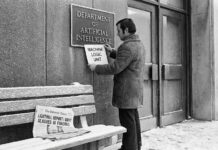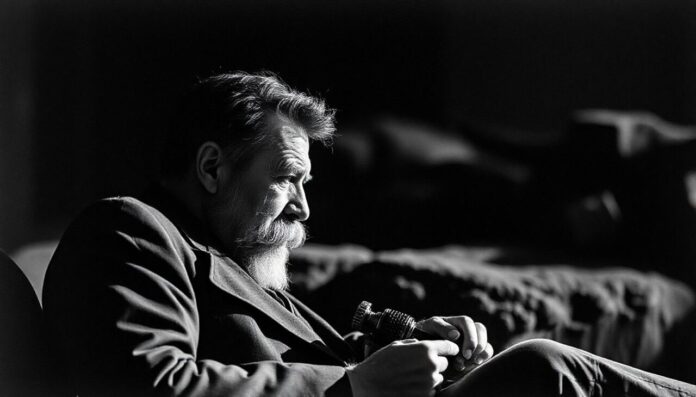
Theodore “Teddy” Roosevelt was certainly a man full of contradictions and larger-than-life qualities. Most people think of him as a tough, adventurous leader who fought for the little guy, saved America’s natural wonders, and charged up San Juan Hill (Spanish-American War) with the Rough Riders.
He’s often remembered as a symbol of American strength and determination—a president who loved the outdoors, spoke his mind, and wasn’t afraid to take on the powerful.
But, actually, there’s a lot more to Teddy Roosevelt than the heroic stories we hear in history class.
Behind the rough-and-tumble image was a man with some pretty wild and controversial beliefs.
His life was full of strange obsessions, questionable choices, and ideas that would make us cringe badly today.
From his love of hunting endangered animals to his hard fixation on masculinity, Teddy Roosevelt had a darker side that didn’t always get the spotlight.
And certainly, this article isn’t about knocking down a hero or rewriting history. It’s about looking at the man as he really was—flaws and everything.
The truth is, Teddy Roosevelt was a mix of good and bad, just like anyone else.
And when you dig a little deeper, you find some pretty surprising and controversial facts about the 26th president that are too weird to ignore.
So, let’s take a closer look at the stranger, more controversial side of Teddy Roosevelt that you probably didn’t learn about in school.
Note: if you're more interested in video version, you can check out our short movie:
1. Roosevelt Loved Hunting—Even Endangered Animals
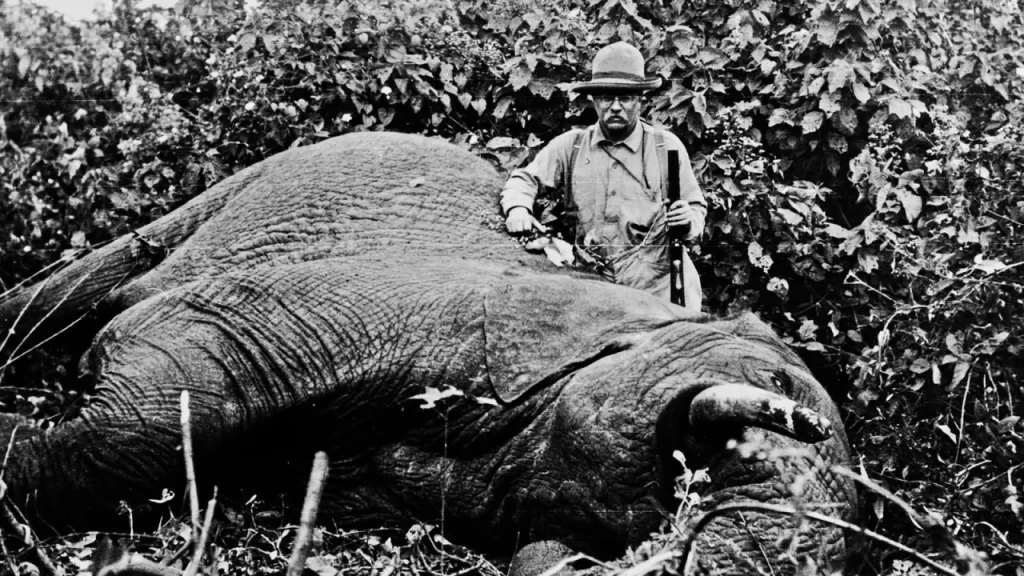
Teddy Roosevelt is famous for being a conservationist, but his love for hunting tells a different story. While he did create national parks and supported conservation efforts, he was also a prolific hunter who enjoyed tracking down big game, including species that were already endangered during his time.
He went on an African safari in 1909, during which he and his team killed or trapped around 11,400 animals. Yes, you read that right – eleven thousand and four hundred animals. Perhaps even more.
These included lions, elephants, and rhinos—some of which were sent back to the Smithsonian Museum.
Interesting fact: Roosevelt’s African safari was so massive that he shipped back enough specimens to keep taxidermists at the Smithsonian busy for years. Some of these animals were the last of their kind to be seen in the wild.
2. Teddy Led the Charge Against Corporate Corruption—But Had Shady Ties Himself
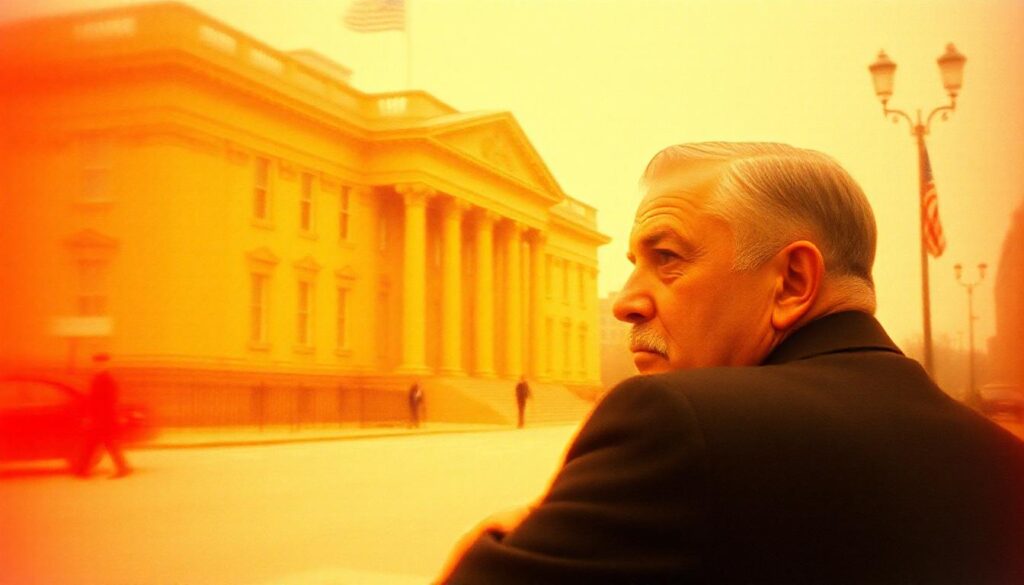
Roosevelt earned his reputation as a trust-buster, breaking up large monopolies and fighting corporate corruption.
However, he wasn’t immune to sketchy business dealings. Before becoming president, Roosevelt had connections with wealthy industrialists like J.P. Morgan and was known to accept large donations from corporate figures for his political campaigns.
Some critics accused him of being in the pockets of the same tycoons he publicly condemned.
Interesting fact: Despite Roosevelt’s public stance against big business, he quietly allowed the merger that created U.S. Steel, the world’s first billion-dollar company, under J.P. Morgan’s influence.
3. Teddy Had a Passion for Eugenics

Roosevelt was an open advocate of eugenics, a movement that aimed to improve the genetic quality of the human population.
He believed in the superiority of certain races and thought that those deemed “unfit” should not be allowed to reproduce.
He even wrote about these beliefs, stating that “society has no business to permit degenerates to reproduce their kind.”
This dark side of Roosevelt’s ideology is often overshadowed by his more pleasant achievements.
Interesting fact: Roosevelt’s eugenics views influenced his policies, leading to support for sterilization laws and immigration restrictions aimed at keeping "undesirable" races out of the United States.
4. Roosevelt’s Hypocrisy on Native American Rights
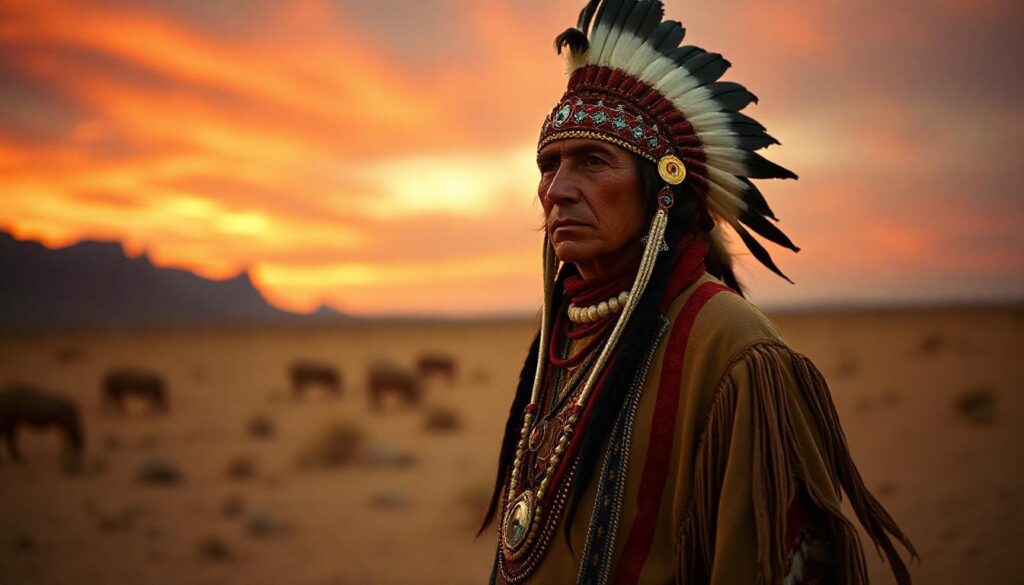
Teddy Roosevelt was often praised for his progressive policies, but his treatment of Native Americans was far from open-minded.
He once infamously declared that “the only good Indian is a dead Indian.” During his presidency, Roosevelt oversaw policies that further marginalized Native American communities, stripping them of their land and culture.
His administration accelerated the process of allotment, breaking up tribal lands and selling them to white settlers.
Interesting fact: Roosevelt’s disdain for Native Americans was so strong that he once celebrated the massacre at Wounded Knee, calling it "a great victory of civilization over savagery."
5. Roosevelt’s Role in Starting a War—Just for the Fun of It
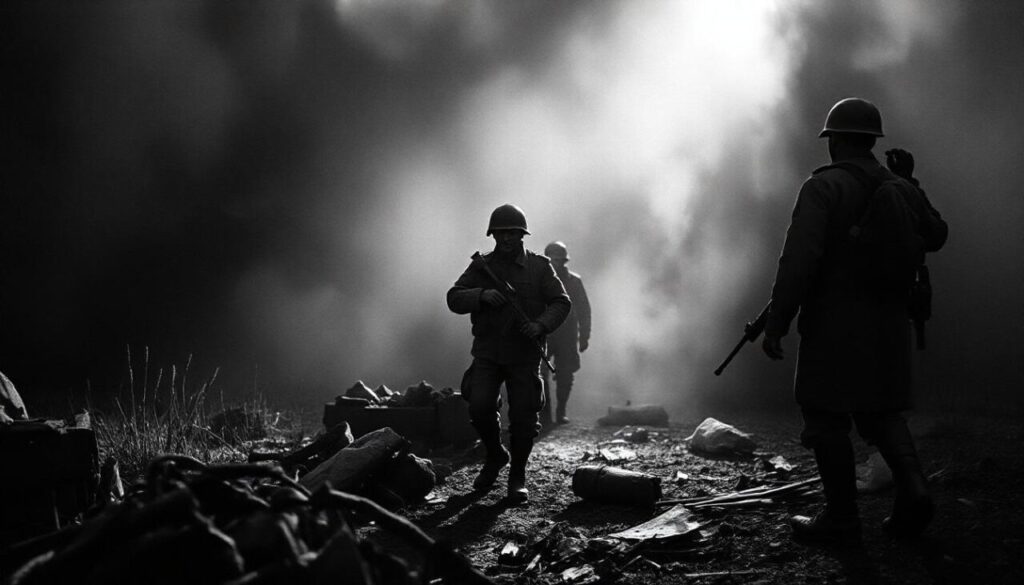
Roosevelt was instrumental in sparking the Spanish-American War, a conflict that some historians argue was unnecessary and driven by his desire for military glory.
As Assistant Secretary of the Navy, he pushed aggressively for war with Spain, seeing it as an opportunity to showcase American power and secure new territories.
Roosevelt even resigned from his post to lead the Rough Riders, a volunteer cavalry unit, into battle.
Interesting fact: Roosevelt’s desire for war was so intense that he bragged about starting the conflict, saying, "I should welcome almost any war, for I think this country needs one."
6. Teddy Was a Secret Martial Arts Enthusiast

Roosevelt had a passion for physical fitness, but what’s lesser known is his deep interest in martial arts. He trained in jiu-jitsu and even invited a Japanese instructor, Yoshiaki Yamashita, to the White House to teach him the art.
Roosevelt’s fascination with martial arts wasn’t just for exercise—it was part of his belief in the importance of being physically tough and ready for combat at any time.
Interesting fact: Roosevelt’s martial arts training was so intense that he once got thrown so hard during a jiu-jitsu session that he nearly cracked his ribs.
7. Roosevelt Was Obsessed with Masculinity
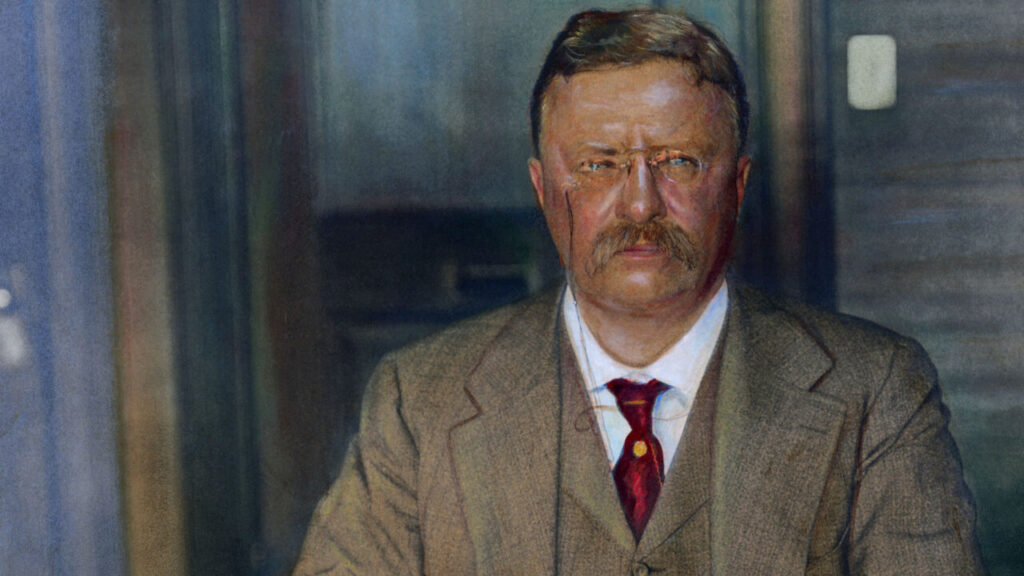
Teddy Roosevelt’s obsession with masculinity went beyond his “strenuous life” philosophy. He believed that the key to America’s success was rooted in the masculinity of its men, and he despised anything he considered weak or feminine.
This obsession drove him to promote policies that reinforced traditional gender roles and discouraged women from participating in public life.
He also had a peculiar contempt for men who didn’t meet his standards of toughness and often ridiculed them.
Interesting fact: Roosevelt’s fear of "over-civilization" led him to encourage American men to embrace rugged outdoor activities, believing that modern life was making them soft and effeminate.
8. Teddy Had a Strange Relationship with the Press

Roosevelt was both a master of the media and a tyrant towards it. He knew how to use the press to his advantage, coining the term “bully pulpit” to describe the power of the presidency to influence public opinion.
However, he also had a spiteful side when it came to journalists who crossed him. Roosevelt would blacklist reporters who criticized him and was known to manipulate the media to ensure favorable coverage.
Interesting fact: Roosevelt once called a reporter to the White House, accused him of writing a defamatory article, and then challenged him to a fistfight. The reporter declined.
9. Roosevelt’s Sketchy Foreign Policy

Roosevelt’s foreign policy was driven by a belief in American superiority, which led to some questionable decisions.
He was instrumental in orchestrating the Panama Canal’s construction, but the way he did it was controversial.
Roosevelt supported a rebellion in Panama against Colombia, essentially creating a new country to secure the canal zone for the United States.
This move, which many saw as an act of imperialism, left a lasting scar on U.S.-Latin American relations.
Interesting fact: After helping Panama gain independence from Colombia, Roosevelt boasted, "I took the Canal Zone and let Congress debate; and while the debate goes on, the canal does also."
10. Teddy’s Bizarre Death Wish
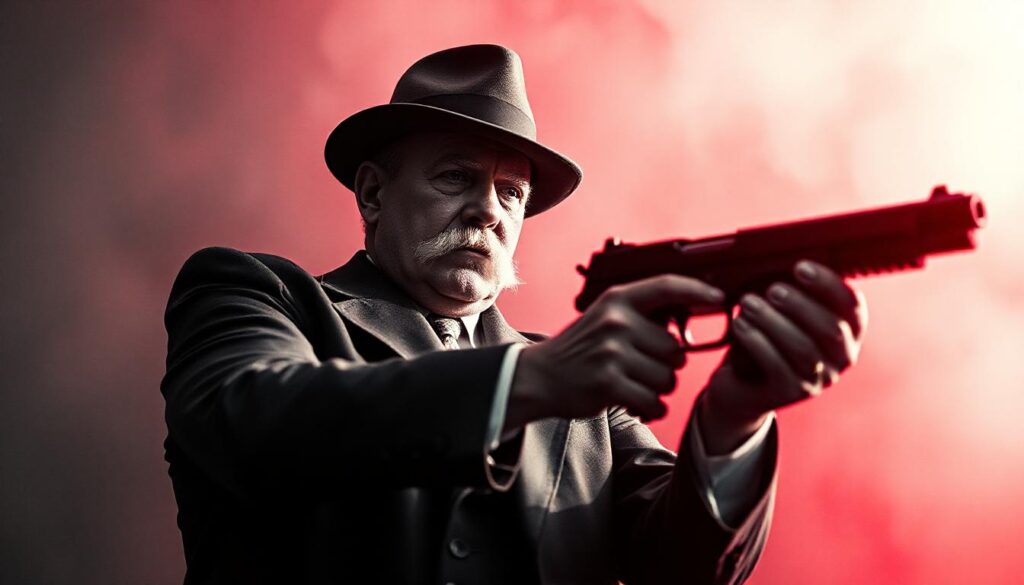
Theodore Roosevelt had an unusual fascination with death, often tempting fate in strange ways.
After his presidency, he went on a dangerous expedition to the Amazon rainforest, where he nearly died from a leg wound that became infected.
He also seemed to have a morbid desire to go out in a blaze of glory, famously surviving an assassination attempt in 1912 when a bullet was stopped by a folded-up speech and his glasses case in his coat pocket.
Instead of seeking immediate medical attention, Roosevelt finished his speech with the bullet still lodged in his chest, declaring, “It takes more than that to kill a Bull Moose.”
Interesting fact: Roosevelt’s near-fatal Amazon expedition left him with a recurring fever and a weakened body, contributing to his death a few years later at the age of 60.











